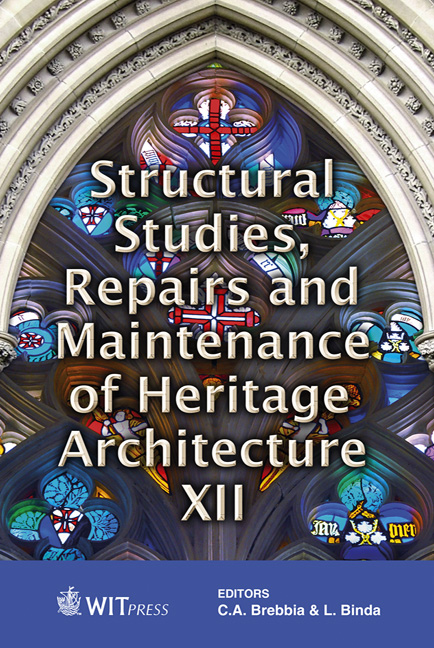Renovation Of The Deck Of A Major Listed Bridge Structure
Price
Free (open access)
Transaction
Volume
118
Pages
11
Page Range
307 - 317
Published
2011
Size
2,780 kb
Paper DOI
10.2495/STR110261
Copyright
WIT Press
Author(s)
R. Brueckner & P. Lambert
Abstract
The Silver Jubilee Bridge in the UK crosses the River Mersey between Runcorn and Widnes. It was completed in the early 1960s and is an English Heritage Grade II listed structure. It forms part of the major highway route in North West England and carries over 90,000 vehicles per day on four lanes. The original design carried a single lane in each direction, plus a single central shared overtaking lane. This was widened to carry two narrow lanes in each direction during the late 1970s. The central span of the bridge is a 330m long steel arch structure with two 76m side spans and is the largest of its type in Europe. The deck is reinforced concrete supported on structural steelwork. The original surfacing was hand placed mastic asphalt. This provided some degree of waterproofing, but remained in place for over 40 years until a new waterproofing and surfacing system was installed in 2005. By this time the bridge deck was heavily contaminated with chlorides from de-icing salts and the reinforcement was found to be corroding in many areas. To maintain and extend the functionality of the bridge, avoid major disruptions to this major river crossing over the Mersey and to preserve the Grade II listed character, it was necessary to identify a durable but sympathetic repair strategy. This paper will discuss the many options considered and the eventual adoption of a novel and subsequently award winning cathodic protection system specifically developed for this application. Keywords: cathodic protection, grade 2 listed, bridge, corrosion, concrete, steel, repair.
Keywords
cathodic protection, grade 2 listed, bridge, corrosion, concrete, steel, repair




